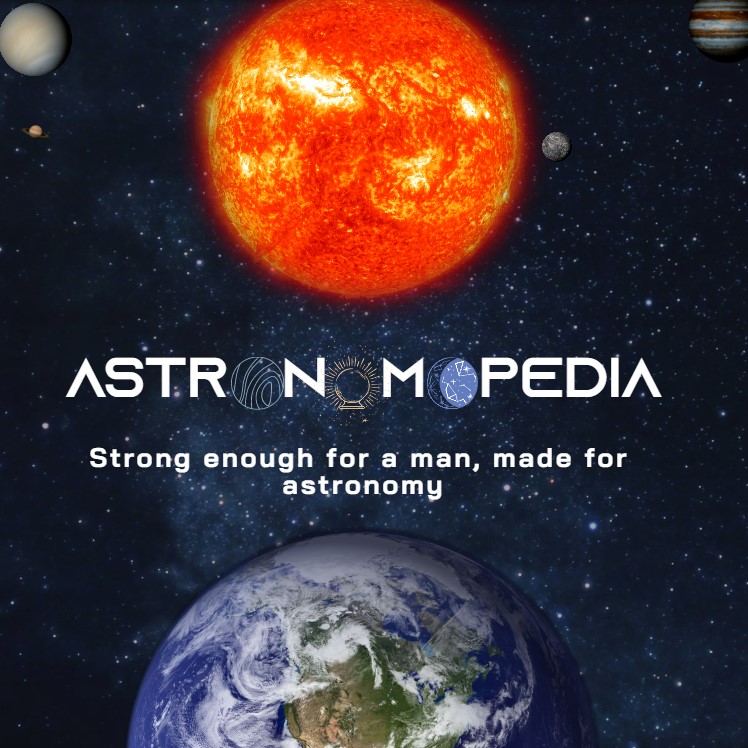
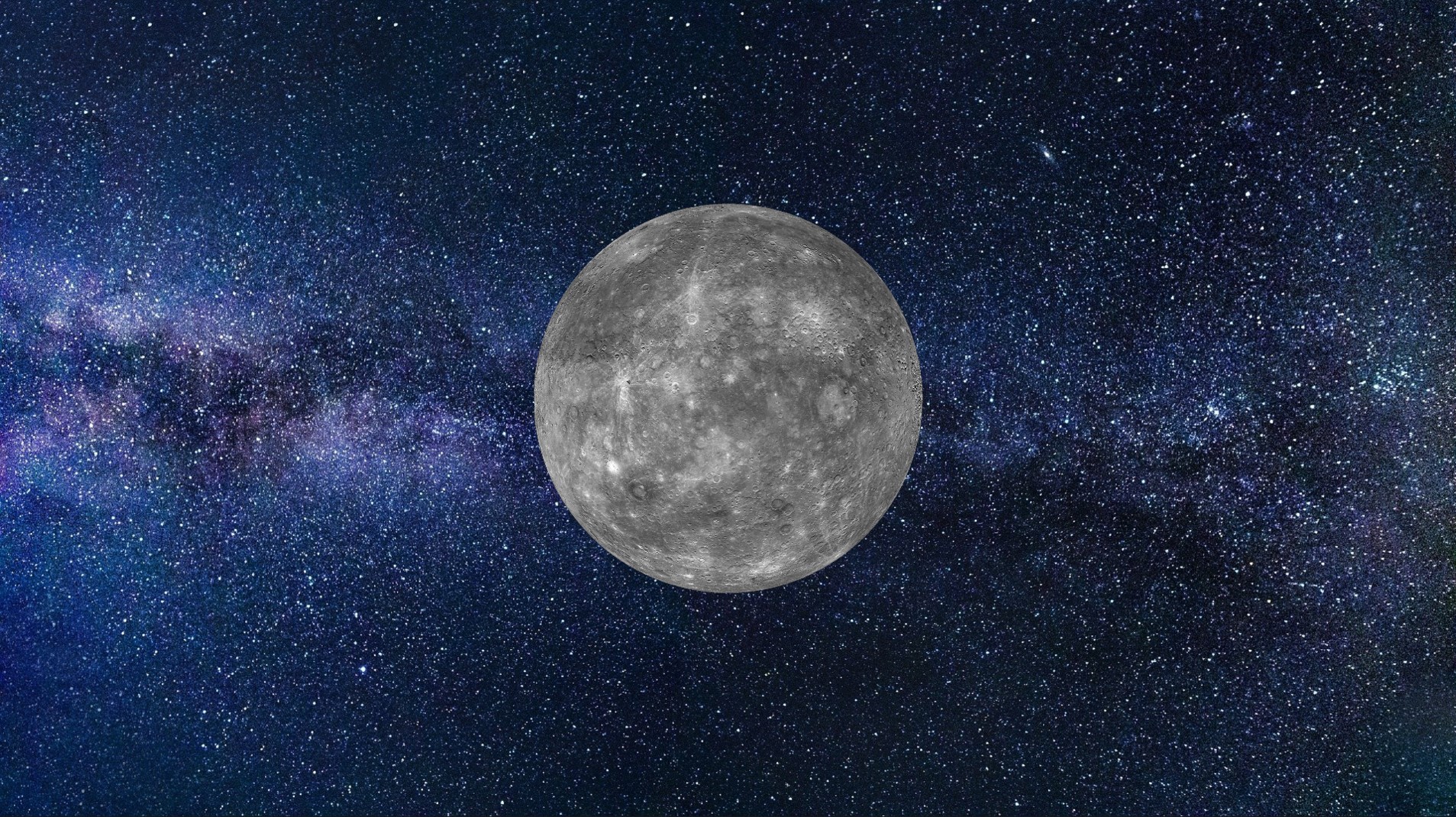
Mercury
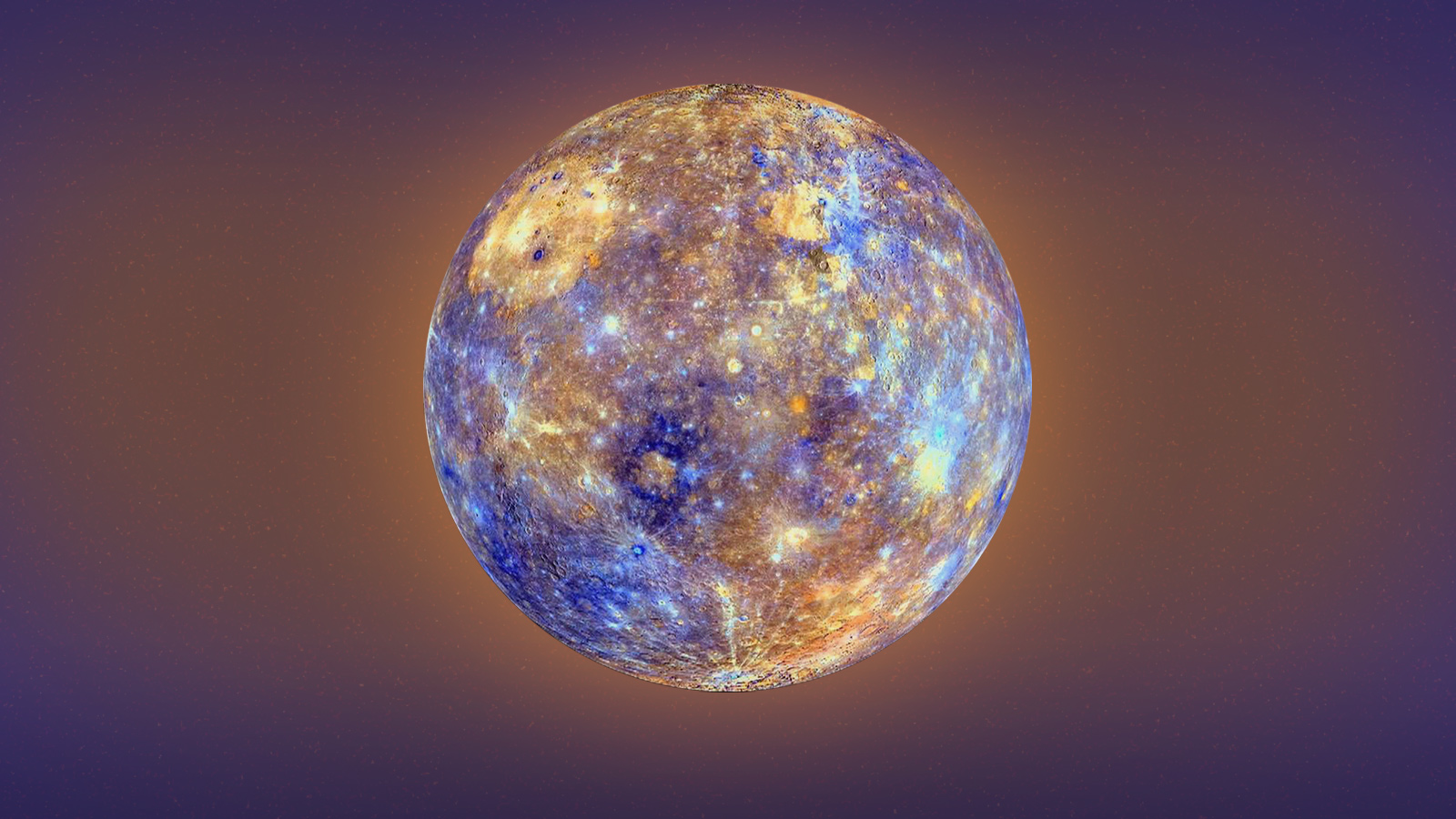
What is Mercury?
Among the planets in the Solar System, Mercury is the smallest and closest to the Sun. Named after Mercury, god of commerce, messenger of the gods, and mediator between the gods and mortals, which corresponds to Hermes in Greek mythology. During twilight, the planet is only visible near the western or eastern horizon, due to its proximity to the Sun. During this time, Mercury appears bright like a star, but it is harder to observe than Venus.
Why is Mercury a planet and not a moon?
This is because a moon orbits a planet, while on the other side a planet revolves around a star. According to logic, the moon also orbits the Sun as it rotates around its planet, but because it has its own sub-orbit, scientists define it as a moon.
Morphology
Geomorphology
Mercury has a diameter of 3,030 miles (4,878 km), similar to the size of the United States.
Mercury's area is about 28,842,647.9933 km² (11,136,208.2647778 miles²).
Anatomy
Known as a terrestrial planet, Mercury has a rocky mantle, a dense metallic core, and a solid crust.
It has a mass of 330,104,000,000,000,000,000 tons (metric), and a velocity of 5,43 g/cm³ (0,1806365 lb/in³).
Tectonic plates
Location
Mercury is 77 million km (48 million miles) from Earth. Due to Mercury's highly eccentric, egg-shaped orbit, the planet is as close as 47 million km (29 million miles) to the Sun, and as far away as 70 million km (43 million miles).
Physico-chemical properties
Mercury's interior is largely made up of an iron core. Mercury is the most iron-rich planet in the Solar System because iron makes up about 70% of its weight. The other 30% is basically a high ratio of magnesium to silicon and low ratios of aluminum and calcium to silicon.
Temperature
Mercury has an average temperature of about 452.039 K (178.889°C or 354°F).
Mercury can reach a blistering 426.667°C (800°F) on its Sunny side (though it isn't the hottest planet in the solar system). Mercury is very cold on its dark side (the temperature can drop down to -184.444°C or -300°F) since it has a thin exosphere to hold in heat and keep its surface warm. Mercury's poles always remain cool, which might indicate that ice is inside some of the craters near its poles, because Sunlight never reaches their bottoms.
Age
Mercury is about 4,503,000,000 years old (in Earth years). Formed from the swirling ring of dust and gas left over from the Sun's formation.
Force fields
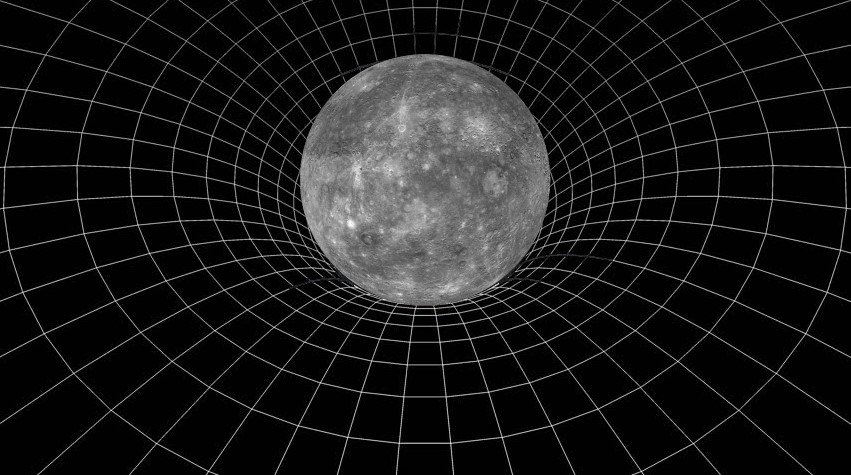
Gravitational force
Due to Mercury having less mass than Earth, the gravity on Mercury is less than the gravity on Earth. Mercury's gravitational force is only 3.71m/s², or 12.139108 ft/s². Mercury's surface gravity is only 38% that of Earth's. That means, on Mercury, you would weigh 38 pounds if you weighed 100 pounds on Earth.

Magnetic field
It appears that Mercury possesses a global magnetic field generated by convective motions in the liquid iron core. This magnetic field is formed by the dynamo processes.
Spacecraft Mariner 10, in 1974, measured the field's strength at 1.1% that of Earth's magnetic field. Near the bow shock, the magnetic field is sufficiently strong to slow the solar wind, thereby causing a magnetosphere.
Motions
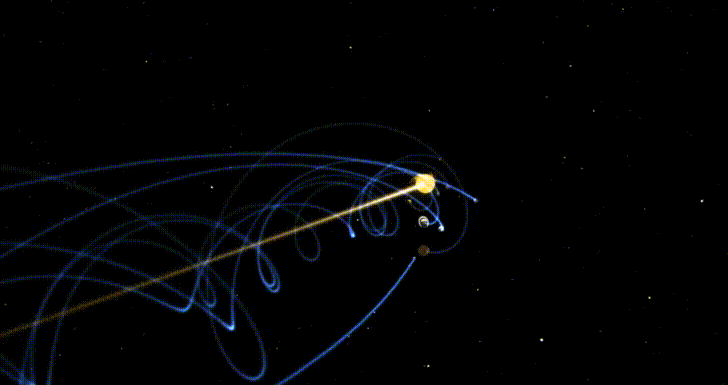
Orbit
Mercury takes 88 Earth days to complete one orbit around the Sun.
Rotation
It takes 58d 15h 30m for Mercury to make one rotation on its self.
Satellite systems
Moon system
Mercury has no moons, since it has a close orbit that would potentially absorb the moon, and because of its light gravity.
Ring system
Mercury is ringless.
Author: William Homier
Editor: William Homier
Sound credit goes to Space TV.
This page was last edited on 11 April 2022, at 19:50 (HAE).
Sources:

